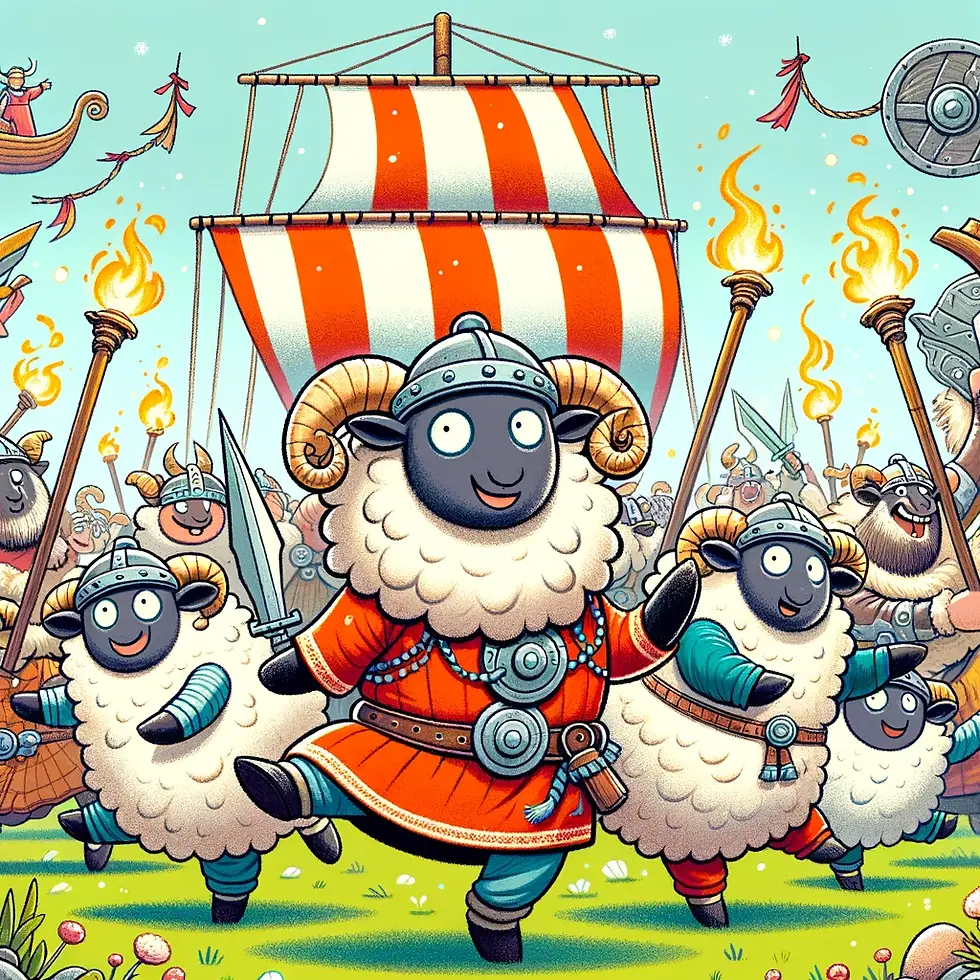




WELCOME TO AN ENTERTAINMENT SITE FOR SCOTTISH COUNTRY DANCERS!
Enjoy this curated selection of theme-related dances for celebrations and holidays, or find a dance associated with a special calendar day, or EVEN your own birthday!
Jan 27

Chocolate Cake Day
Walnut Cake with Chocolate Spread
Other Scottish Country Dances for this Day
Today's Musings, History & Folklore
“In a world of salads, greens, and kale,
You're layered tall, a chocolatey tale.
So here's to you, my sweet escape,
A joyous ode to chocolate cake!"
~ Ode to Chocolate Cake
Aw. Go ahead and have a slice. You can dance it off with any Scottish Country Dance, especially a high caloric jig with pas de basques such as this dance! Making chocolate cakes (and eating them) are easier than ever since powdered chocolate was made available to cooks by 1828. Originally used mostly for beverages, by 1886, cooks began adding chocolate to the cake batter, to make the first chocolate cakes! Molasses manufacturer, The Duff Company of Pittsburgh, introduced Devil's Food chocolate cake mixes in the mid-1930s, which became massively popular post war-time and figured in many classic recipe books. Additionally, the availability of "cake mixes" from manufacturers such Pillsbury and Duncan Hines added to the popularity of cake baking. Do you remember these chocolate cake trends? 1960s "Tunnel of Fudge" Bundt cakes; 1980s Chocolate Decadence cakes; 1990s Chocolate Lava cakes; 2000s artisan Chocolate Cupcakes; and 2010s Flourless Chocolate cakes and tortes. Recents trends include innovative flavour combinations (chocolate and lavender, matcha or chili) but traditional cakes never fail to please. And although the recipe which inspired this dance is unknown, see the comments for a tasty equivalent! 🍫🍰
Walnut Cake with Chocolate Spread
The history of chocolate cake can be traced back to 1764, when American Dr. James Baker, working with Irish immigrant John Hannon, discovered how to make a usable chocolate by grinding cocoa beans between two massive circular millstones.
By 1828, Conrad Van Houten of the Netherlands had developed another mechanical extraction method for separating the fat from cacao liquor, resulting in cacao butter and partly defatted rock cacao, which could be ground into powder.
A further process for making silkier and smoother chocolate called "conching" was refined in 1879 by a Swiss manufacturer, Rodolphe Lindt. Up until the late 19th century, chocolate had been used mostly as a component for beverages. With the smooth results from conching, chocolate could now be made into bars and other confectionery, without the gritty texture, and smoothly blended with cake batters.
Chocolate cake for the masses was introduced by The Duff Company of Pittsburgh, a molasses manufacturer, who introduced Devil's Food Chocolate and other cake mixes in the mid-1930s, though they didn't become popular or heavily promoted until after World War II. Post war, cake mix popularity saw peaks and valleys as advertisers such as Duncan Hines and Betty Crocker sold the idea of "convenience" mixes for a modern lifestyle and an alternative way of baking from "scratch."
The Devil's Food Chocolate Cake, the counterpart to Angel's Food Cake, originally incorporated additional baking soda to raise the pH level and make the cake a deeper and darker mahogany color. Other Devil's Food Cake recipes involved the use of chocolate baking squares rather than cocoa powder, and/or less eggs to make a dense, deep chocolate cake.
Chocolate Cake recipes and styles change every year ... there is even a current food trend for a healthy low-sugar, dark Chocolate Cake for breakfast!
Here's a delicious classic a Royal Chocolate Walnut Cake from Natasha's kitchen!
Click the picture below for the recipe.
Click the dance cribs or description below to link to a printable version of the dance!






